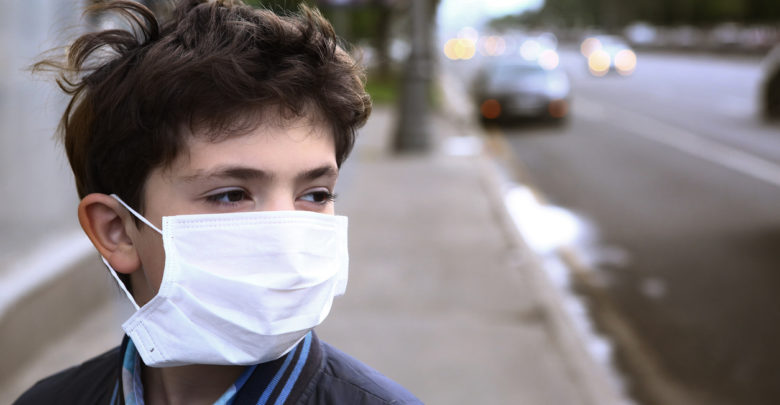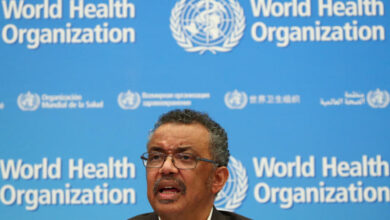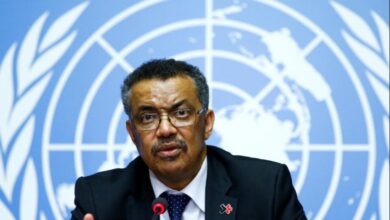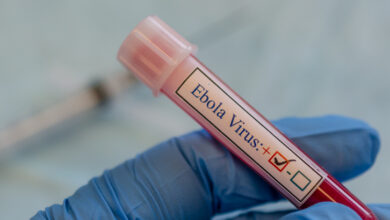Health
Air Pollution: WHO Report Claims 93% Of Children Breathe Toxic Air On A Daily Basis
Around 600,000 children died from acute lower respiratory infections caused by polluted air in 2016

A new World Health Organization report on Air pollution and child health claims around 93 percent of the world’s children- up to 1.8 billion children- under the age of 15 breathe toxic air on a daily basis which stunts their brain development and puts their health at serious risk. The findings demonstrate the immediate need to combat air pollution worldwide.
As per the report, around 600,000 children died from acute lower respiratory infections caused by polluted air in 2016 alone. Notably, children breathe more rapidly than adults, this is the reason that they absorb more pollutants.
“Polluted air is poisoning millions of children and ruining their lives,” WHO chief Tedros Adhanom Ghebreyesus said in a statement. “This is inexcusable. Every child should be able to breathe clean air so they can grow and fulfill their full potential.”
Air pollution not only affects children’s cognitive ability, lung development and function, but it can also trigger diseases like asthma and cancer. In fact, children those who are exposed to high levels of air pollution are at a likely greater risk to develop chronic illnesses such as cardiovascular disease later in life.
The report said that the problem is most severe in low- and middle-income countries, primarily nations in Africa, Southeast Asia, the eastern Mediterranean, and the western Pacific. While home air pollutants result in around 400,000 deaths of children under five each year, environmental air pollution such as smog and exhaust fumes leads to 300,000 deaths every year.
Commenting on the report findings, Dr. Maria Neira, Director of the WHO Department of Public, Environmental and Social Determinants of Health, said she hopes the report will force governments of developing nations to invest in healthier fuels and transport and basic electricity infrastructure. They will now need to find out different ways to reduce emissions of dangerous pollutants.






